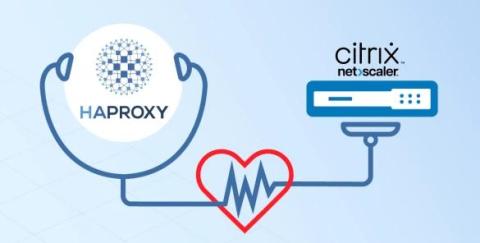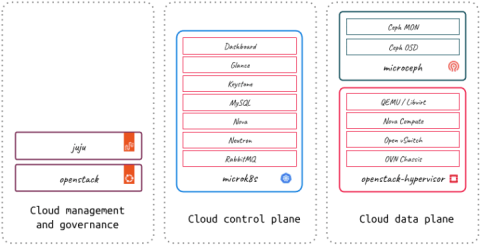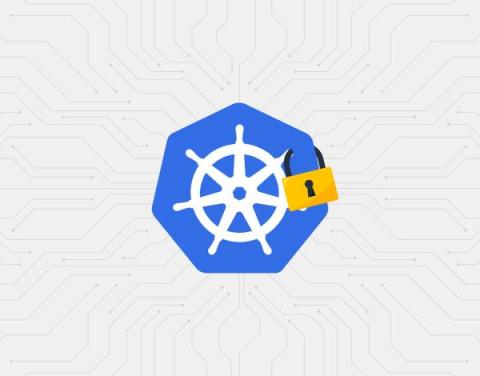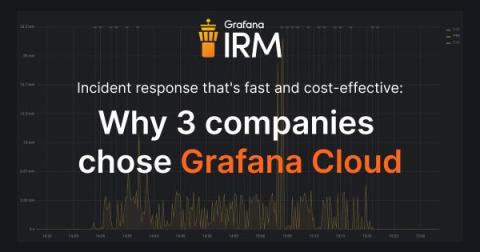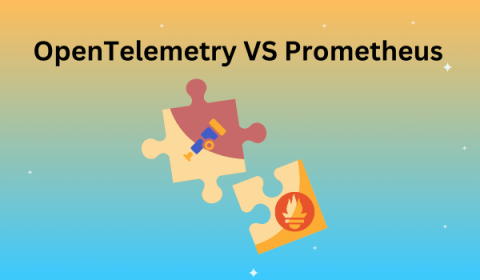Set Resource Requests and Limits Correctly: A Kubernetes Guide
Kubernetes has revolutionized the world of container orchestration, enabling organizations to deploy and manage applications at scale with unprecedented ease and flexibility. Yet, with great power comes great responsibility, and one of the key responsibilities in the Kubernetes ecosystem is resource management. Ensuring that your applications receive the right amount of CPU and memory resources is a fundamental task that impacts the stability and performance of your entire cluster.





